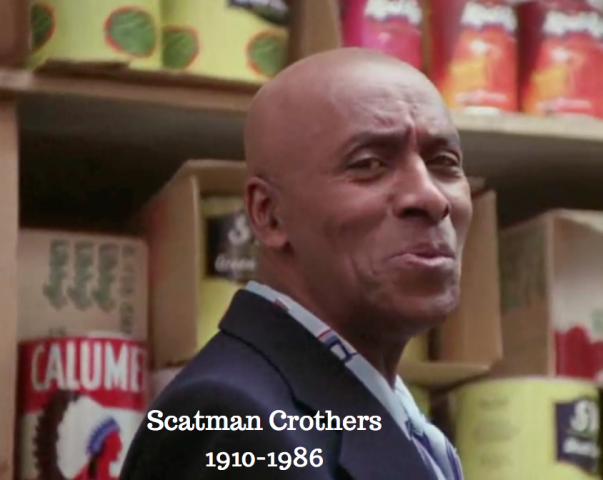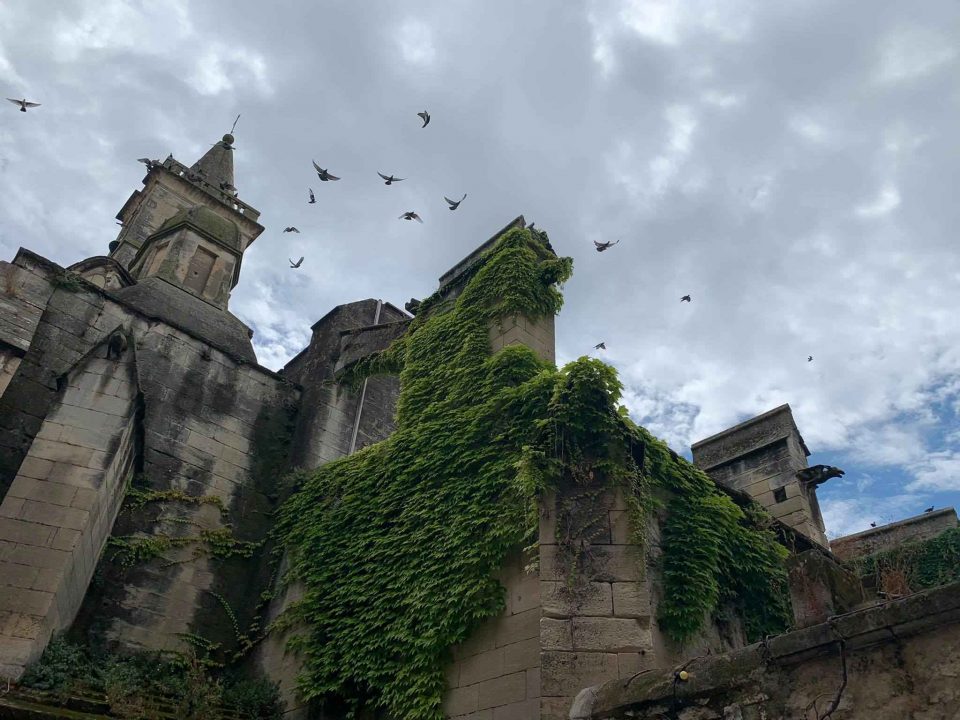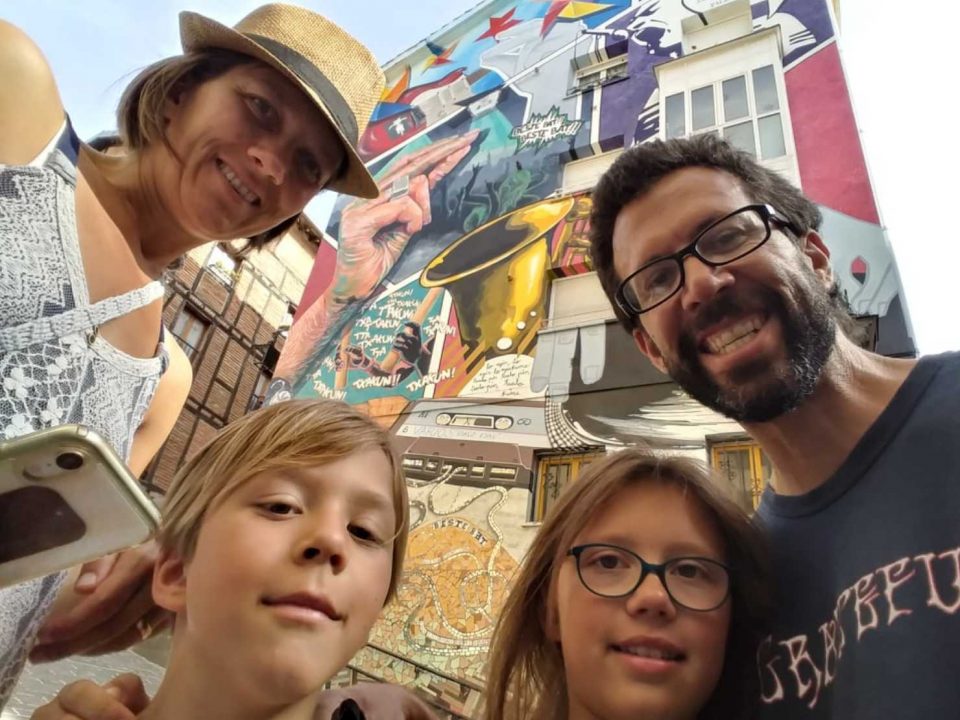
Hot and sour Kimchi in 4 easy steps
November 23, 2016
Greater Catalonia: 6 Definitive Day Trips from Barcelona
November 30, 2016In my last travelogue entry, I was marveling over the parallels between life here at the Hotel Catalonia and certain elements in Stanley Kubrick’s “The Shining”. I am pleased now to report that nothing of a homicidal nature has transpired here in the past seven days. Although I still can’t get over the striking similarity between our groundskeeper here and the groundskeeper character played by Scatman Crothers.
In the film, Crothers is one of a few characters endowed with the supernatural power of the shining, and the only one who seems capable of controlling this power and using it for the force of good. Similarly, I suspect that Eduardo, our groundskeeper, may be singularly responsible for preventing this old and decaying hotel from succumbing to evil spirits and ghostly habitation. His vigilance against fallen leaves and rising specters is beyond reproach.
Furthermore, it’s worth noting—or at least there’s no point in holding back as my cinematic tangent takes on a life of its own—that this past Tuesday marked the 30th anniversary of the real-life Crothers’s death. This occasion may have passed without notice or fanfare back in Hollywood, but it strikes me as a good enough excuse for hauntings and visitations in snowbound, secluded, mountainous hotels and resorts, particularly those which have been out of use for the last three decades. Even so, as we looked high and low, and listened for bodiless whispers in the night, we heard nothing but the wind howling between the bare branches of the towering sycamore trees.
Still more interesting than the similitude between our current setting and the 1980 horror flick, is this place’s likeness to Thomas Mann’s monumental “Magic Mountain”. If you’re not familiar with what is arguably the greatest German book of the twentieth century, if not all-time, allow me to elaborate. Critics agree, incidentally, that Mann’s book had a significant influence on Kubrick’s adaptation of “The Shining”, much to Stephen King’s consternation.
The iconic novel takes place high up and faraway in a Swiss sanitarium, where young Hans Castorp has gone to visit his cousin who’s recovering from a mild bout of tuberculosis. Though the alpine resort is a bit more populated than our Pyrenean getaway, the settings have a great deal in common. The Swiss Berghof notably hovers in a mythical realm, outside of time. Hans arrives in midsummer, in the midst of a typical yet unseasonal snow flurry. As the months pass, conditions continuously make it difficult or impossible to know what time of year it is.
Here at Sanilles (whose name, pronounced san-ee-ez, sounds a little like sanitarium, but has no linguistic connection) we experience a similar phenomenon. We are surrounded by high alpine peaks, sometimes capped—currently covered—with snow, even as we bask in the sunshine, as 80-90 percent of the time we do. Sitting by the fire then, and gazing out the window, it’s nearly impossible to say how warm or cold it is outside. And oftentimes the weather is just great for running around and riding bikes, even for eating lunch on the sun-soaked patio.
I should also mention that the owner of this property is currently in England, receiving psychiatric treatment at, of all places, a sanitarium. While she recovers from what we understand to be her regular, autumnal nervous breakdown, we enjoy the comfort of her humble quarters directly upstairs from the bar and restaurant. It’s almost like we’re taking a vacation from our vacation while our hostess convalesces from her convalescence. Talk about a mad, mad world. But that’s another story in itself.
So as Hans’s Swiss retreat stretches from days to weeks to years, for the sanitarium staff has convinced him that he too can benefit from a few therapeutic treatments, he only grows more confused, evermore losing track of time and losing track of his own identity in the process. Various mentors whom he meets over the course of his stay—and this is the meat and potatoes of the novel—try and persuade him of their own philosophies and ideologies, tugging him to and fro between humanism and radicalism.
Not so unlike ourselves, his world view shifts and turns, as he goes in search of his life’s purpose, hoping to discover what best to think and how best to act. Falling under the competing influences of the Jesuit Naphta and the Italian Settembrini, Hans find himself swaying back and forth between the Dionysian and the Apollonic, between the urge to pursue a life of passion and the will to devote himself to wisdom. Meanwhile, here at the Hornaday Roadshow, we find ourselves torn between the civility of Europe and the rugged individualism of the States, looking this way and that, knowing we must all find our place in the world.
In the end, Hans resolves to say ‘yes’ to life (Thomas Mann, recall, was a natural born Nietzschean) and so returns to his home in Germany, and is promptly sent off to fight on the front lines in World War I. And let’s hope this is where the similarities end, as our vision quest continues, and Trump-style diplomacy brings lasting peace to an increasingly subservient world.






2 Comments
just stay away from them axes
I already stepped on a garden rake and gave myself a black eye, so I’m not going anywhere near the wood axes.